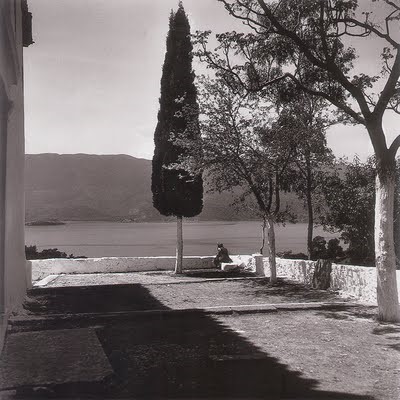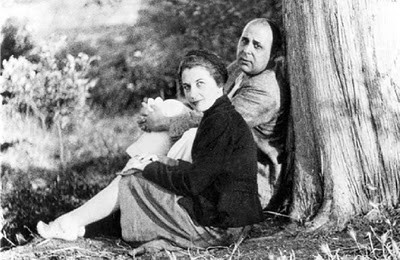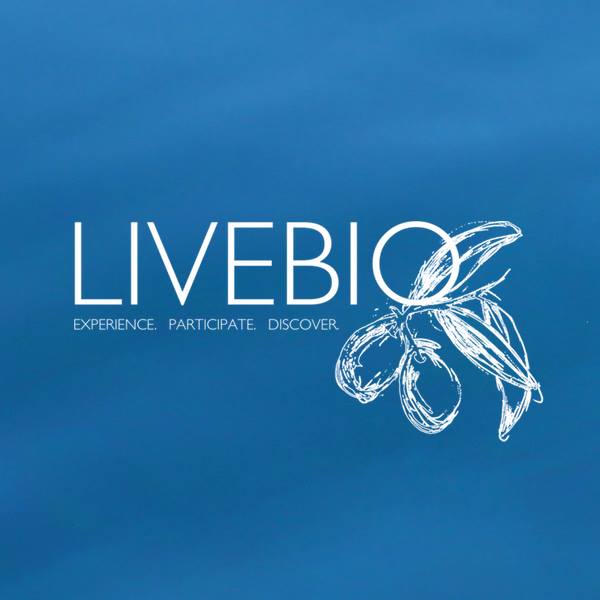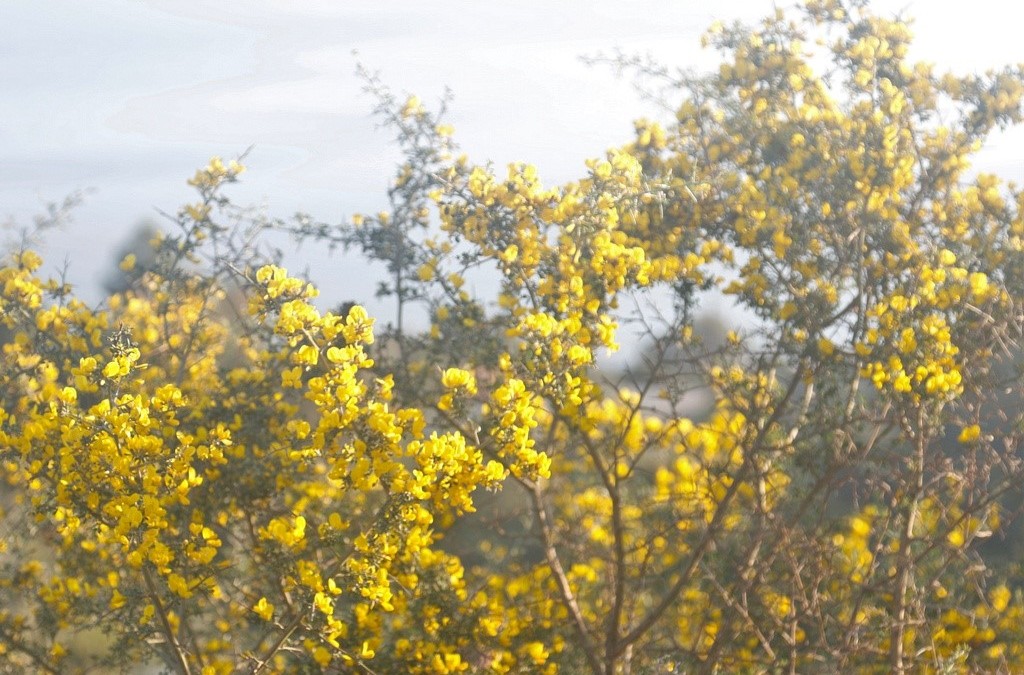George Seferis, the Greek Nobel Prize laureate, spent several summers on Poros Island, beginning in the mid-30s. The bright yellow flower of an indigenous bush (Greek: Aspalathos – Latin: calicotome spinosa) became the inspiration for one of his last poems. Now, in the peak of the Live-Bio spring, the same bright yellow flowers reminded me of Seferis’ poem.
In this spring special blogpost, we provide a translation of Seferis “Epi Aspalathon” poem (as well as the original Greek.) In addition, we have uploaded a number of photographs from Seferis’ personal photographic collection of the island of Poros. In one of them, you could have seen Live-Bio today!
Epi Aspalathon, George Seferis, 31 March 1971
Sounion[1] was beautiful in late March, dressed in spring.
A few green bushes scattered around the rusty stones
the red soil and the aspalathi[2]
showing their big thorns and the yellow flowers.
A bit further the ancient pillars, strings of a harp that still chimes…
Silence.
What could have reminded me of Ardiaios? [3]
A word I read in Plato, I believe, that got lost in the trenches of my mind –
the name of the yellow bush
did not change over the millennia.
I found the verse that same night:
“They tied him up”, Plato says,
“They pushed him on the ground and mangled him
on the thorny aspalathi
and threw him like this, full of blood, in Tartarus.”[4]
Just like this, Ardiaios from Pamfylis,[5] the abject tyrant
paid for his sins in the underworld.
[1] Sounion is the southernmost part of the Athens Penninsula, hosting an ancient temple dedicated to Posidon.
[2] The plant calicotome spinosa (known as thorny broom or spiny broom), found around the Mediterranean sea. It blossoms in spring with a vibrant yellow flower.
[3] A tyrant referenced in Plato’s Republic.
[4] According to Greek mythology, Tartarus was a deep abyss used as a dungeon of torment and suffering for the wicked.
[5] A territory in Asia Minor, current day Turkey.
Aspalathos, sfalahtos, Plato, Seferis, and Humans of Poros
A linguistic commentary that Seferis would definitely enjoy: Even though the great poet mentions that the name of the bush Aspalathos has not changed since the ancient times, locals in our region call it Sfalahtos.

A photograph of the Monastery by Seferis. Across the water, one can notice the two small islands in front of Live-Bio. Live-Bio is not there yet, otherwise you could say hello!

Photo of George Seferis and his wife Maro at the Lemon Tree Grove, only a few meters away from Live-Bio.
Επί ασπαλάθων, Γιώργος Σεφέρης, 31 Μαρτίου 1971
Ήταν ωραίο το Σούνιο τη μέρα εκείνη του Ευαγγελισμού.
πάλι με την άνοιξη.
Λιγοστά πράσινα φύλλα γύρω στις σκουριασμένες πέτρες
το κόκκινο χώμα και οι ασπάλαθοι
δείχνοντας έτοιμα τα μεγάλα τους βελόνια
και τους κίτρινους ανθούς.
Απόμερα οι αρχαίες κολόνες, χορδές μιας άρπας που αντηχούν
ακόμη…
Γαλήνη
-Τι μπορεί να μου θύμισε τον Αρδιαίο εκείνον;
Μια λέξη στον Πλάτωνα θαρρώ, χαμένη στου μυαλού
τ ‘αυλάκια.
τ΄ όνομα του κίτρινου θάμνου
δεν άλλαξε από κείνους τους καιρούς.
Το βράδυ βρήκα την περικοπή:
“τον έδεσαν χειροπόδαρα” μας λέει
“τον έριξαν χάμω και τον έγδαραν
τον έσυραν παράμερα τον καταξέσκισαν
απάνω στους αγκαθερούς ασπάλαθους
και πήγαν και τον πέταξαν στον Τάρταρο κουρέλι”.
Έτσι στον κάτω κόσμο πλέρωνε τα κρίματά του
Ο Παμφύλιος ο Αρδιαίος ο πανάθλιος Τύραννος

